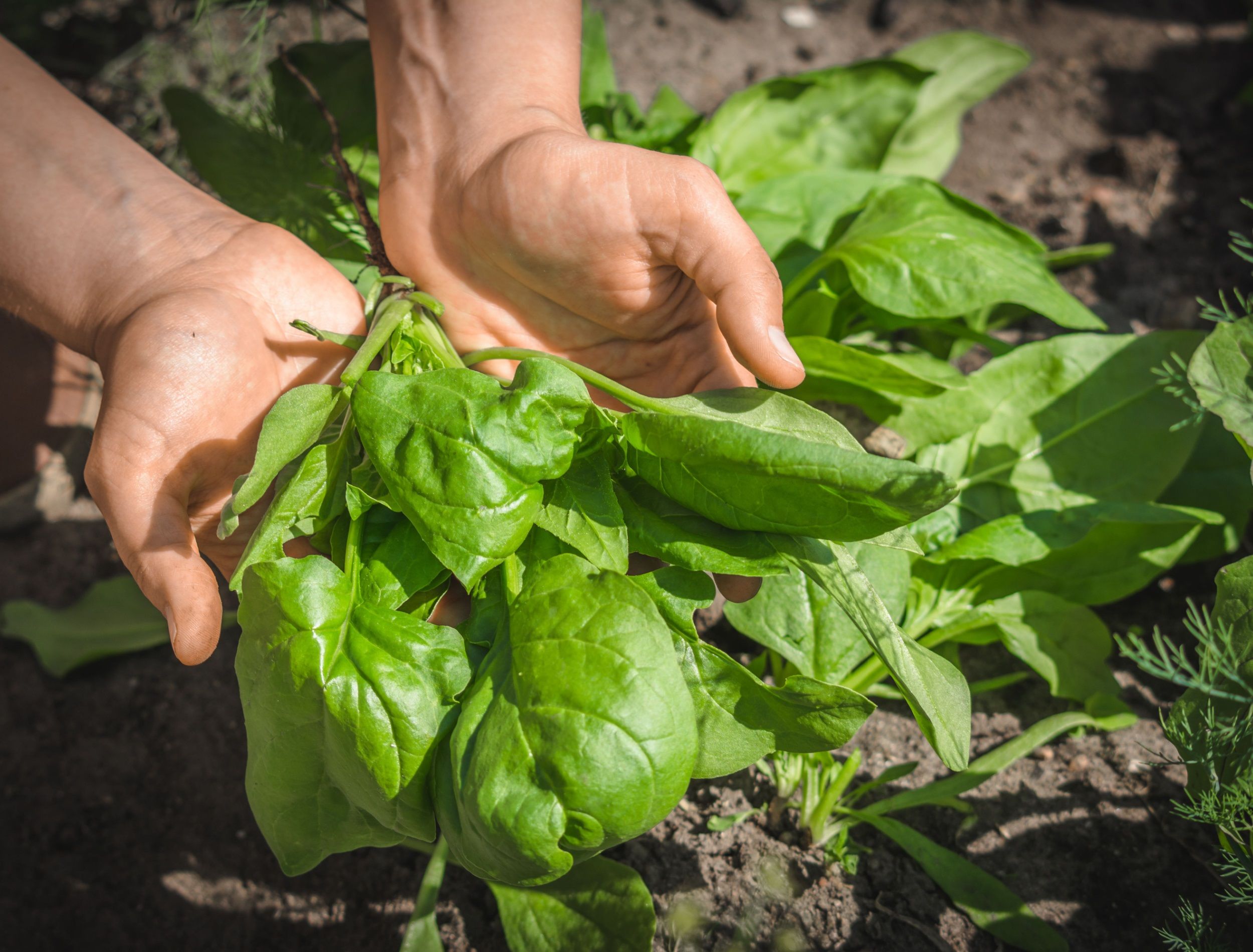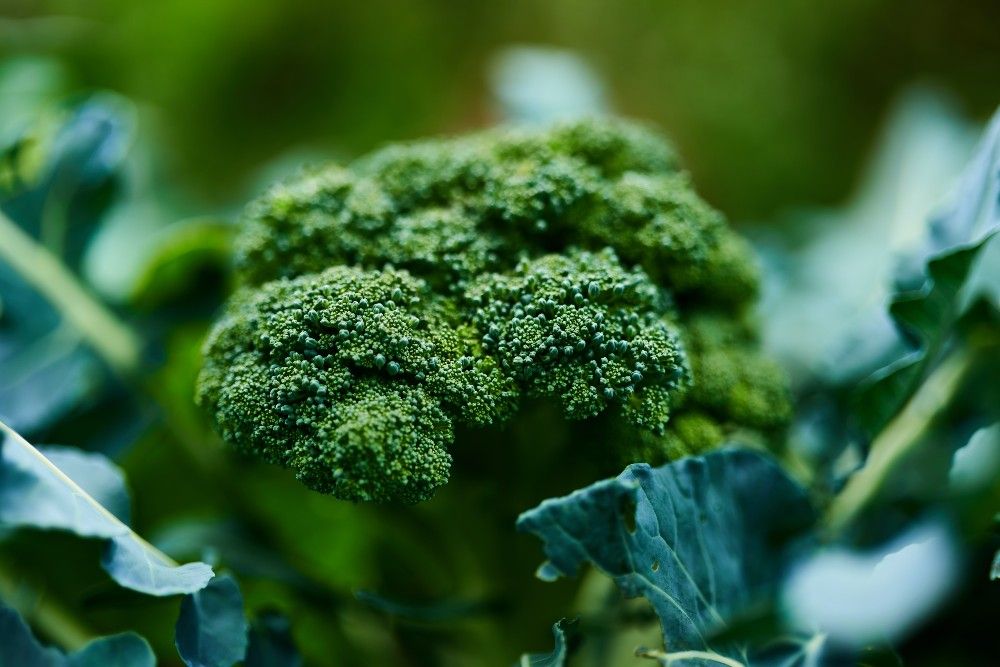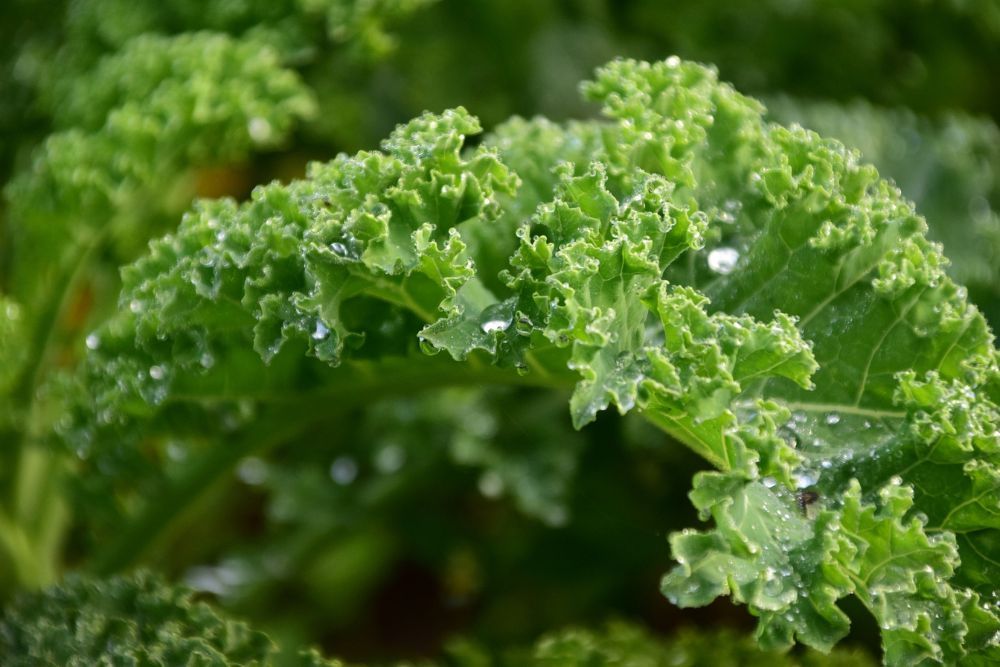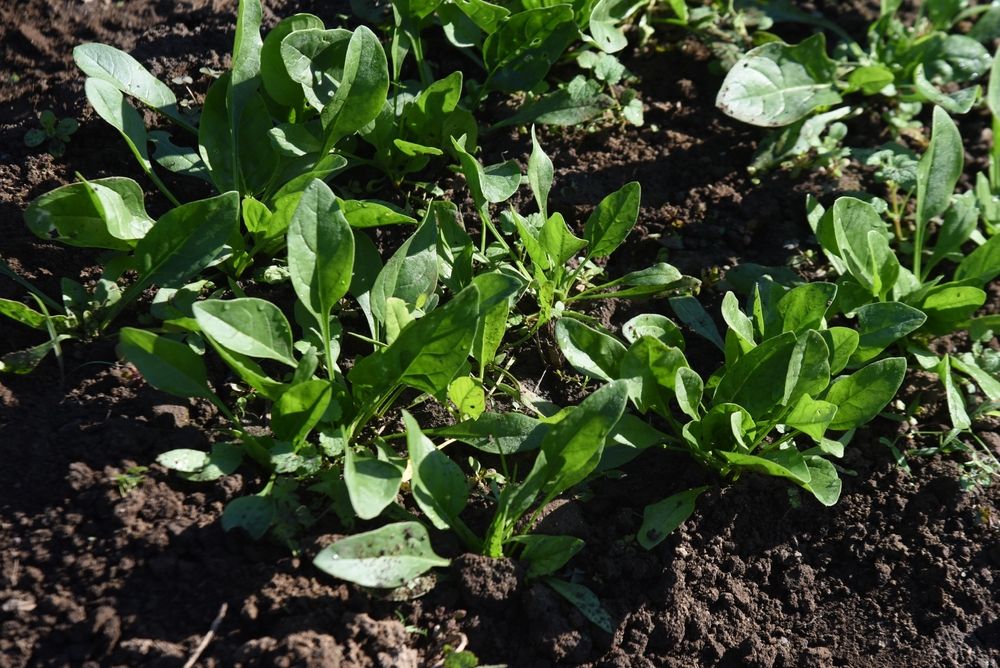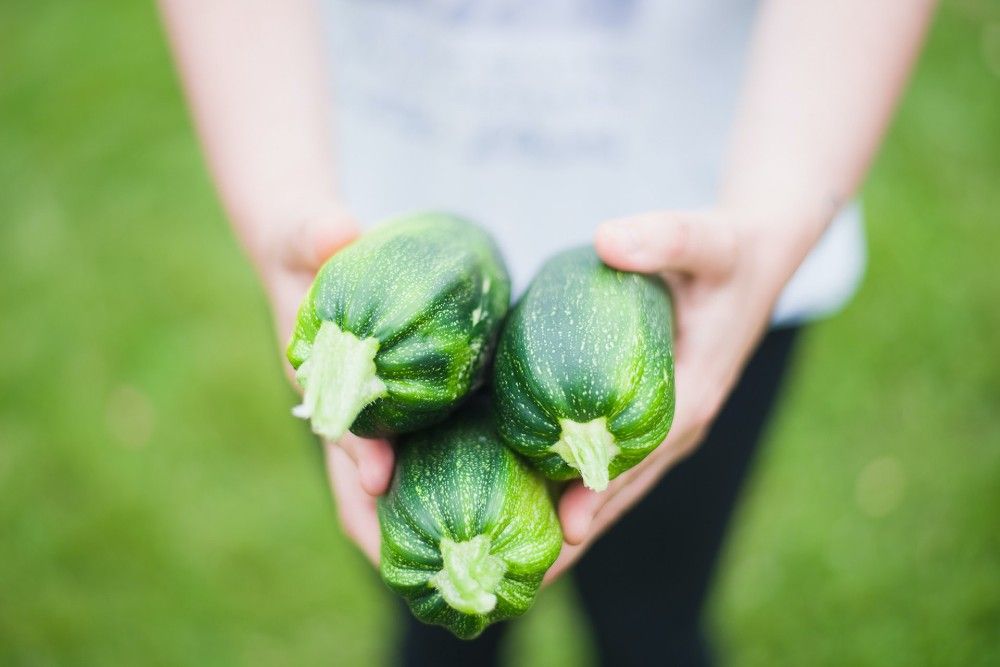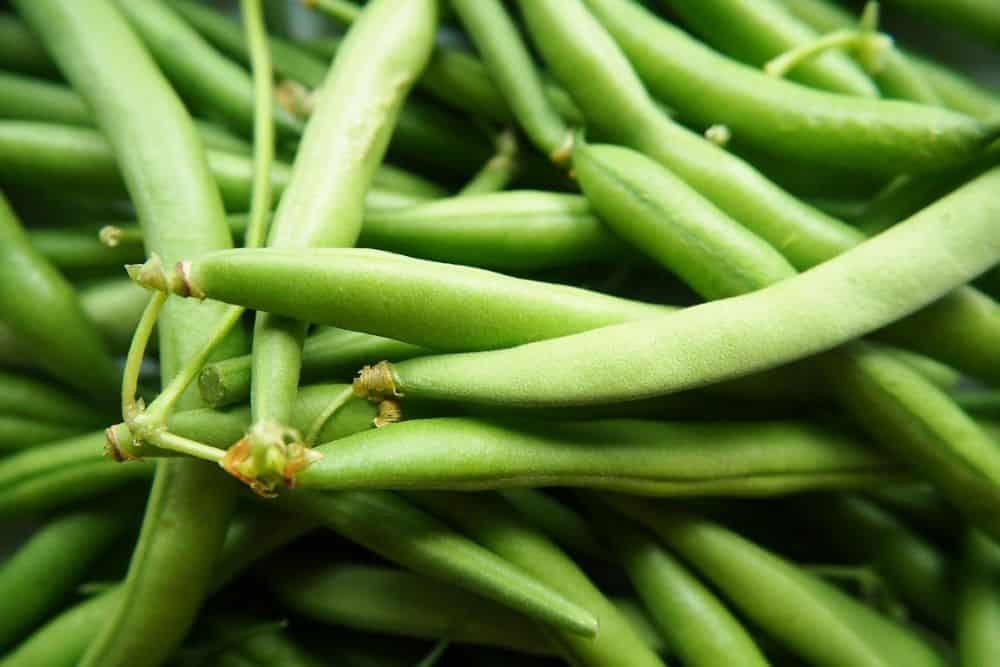Vegetables are an excellent source of nutrients, including calcium, potassium, vitamin A, fiber, and antioxidants. Moreover, when you create your own vegetable garden, you are more likely to consume the homegrown crop and benefit from its essential nutrients. Growing vegetables at home also allow you to enjoy better flavors and fresher produce than anything you can get from your local supermarket. So, if you want to grow superfoods in your home garden, check out the list below.
1. Broccoli
Image credits: Hans Ripa via Unsplash
Broccoli is a vegetable high in antioxidants. It's rich in vitamins A, C and K, calcium, folate, and fiber. Additionally, it tastes great in salads and stir-fries and as a companion to meats.
Growing broccoli at home requires general care to yield a nutrient-rich crop. Plant your seeds or seedlings in well-draining soil in early spring or midsummer (at least two weeks before the first frost date). Keep the soil moist by weekly watering around the roots and fertilizing it using compost or natural fertilizers.
The vegetable thrives in at least six hours of daily sunlight and temperatures between 65 to 70 degrees Fahrenheit. Higher temperatures can cause the vegetable to bolt and alter the taste of the dark green vegetable, making it bitter and almost inedible.
2. Kale
Image credits: Ulrike Leone via PIxabay
Kale is another deep green vegetable that is a nutrition superstar, brimming with vitamins A, C, and K, manganese, folate, and fiber. The salad staple is also excellent for bone health with its high calcium content and low calories.
You can grow kale in your backyard or indoors in well-draining soil, rich in organic matter and slightly acidic with a pH between 6 and 7. It requires full sun in zones 2 through 10 and partial shade in zones 10 and 11.
The cold, hardy crop do best with 1 inch of weekly rainfall and mulching with grass clippings, straw, or other organic material. The mulch helps retain moisture and prevent weed growth. The kale is usually ready for harvest in about 55 days, depending on the variety you grow.
3. Spinach
Image credits: tamu1500 via Shutterstock
Another leafy green, spinach, is chock full of at least 20 different nutrients, such as iron, potassium, folate, zinc, and vitamins A and K. Just 30 grams or a cup of the green leaves provides more than the recommended daily requirement of vitamins K and A, folic acid, manganese, and 40 percent of magnesium’s daily dose.
To grow spinach, plant the seeds in enriched, loamy, well-draining soil with 6.5 to 7.5 pH at a temperature of about 40 degrees Fahrenheit. Choose a location with three to four hours of direct sunlight, sheltered from the wind.
After your plant, water four to five days per week, especially when summer rolls around and days get warmer. You can also fortnightly feed your spinach with a nitrogen fertilizer. Mulch around the base of the plant to help the soil retain moisture and inhibit weed growth.
4. Zucchini
Image credits: Les Bourgeonniers via Pexels
Zucchini is not only delicious, but it is packed with nutrients, including potassium, magnesium, and calcium. The squash is also high in water and fiber and contains zero fat, which is fantastic for your heart health and weight loss journey. Bake it, grill it, or toss it with pasta, this vegetable never disappoints in terms of flavoring.
The best part is how easy it is to grow this nutrient-dense vegetable. Plant the zucchini seeds in soil enriched with manure or compost for better drainage and aeration, and plant in a pH of 6 to 8. Choose a spot with full sun to enjoy better yield.
Zucchini thrives in moist soil with 1 inch of weekly watering around the base of the plant. It will also benefit from nitrogen-rich fertilizer applied every two weeks for best results. Use a sharp, sterile knife to harvest the vegetable when it is 6 to 8 inches long.
5. Carrots
Image credits: Phongsak Chartphet via Canva
Carrots are versatile root vegetables with tons of nutritional benefits. Half a cup of this vegetable offers 51 percent of the daily vitamin A value, which is excellent for your eyes and helps your body fight infections. The vegetable is also rich in antioxidants, can aid in reducing cancer risk, and lowers cholesterol levels.
To grow carrots, sow seeds in loose, enriched soil at about 40 degrees Fahrenheit and a pH between 6.5 and 7. Remove any stones and weeds from the soil to prevent stunted growth, and incorporate plenty of organic matter in the top layers before planting the seeds.
Grow your carrots in a location with at least six hours of daily sunlight. Water your crop every day until you see them emerging from the soil and then reduce watering to about 1 inch per week afterward. Carrots appreciate a well-balanced soil with plenty of potassium and less nitrogen. Too much nitrogen can lead to smaller carrots and larger tops.
6. Green Beans
Image credits: flockine via Pixabay
Green beans are a great source of soluble fiber, protein, flavonoids, and contain vitamins A, C and K, iron, and zinc. They're also rich in disease-fighting antioxidants and improve eye health.
The ideal soil for growing green beans is well-draining, well-tilled, loamy and slightly acidic, with a pH between 6 and 7. Prepare your soil before sowing seeds by mixing in organic compost for a healthy crop. Beans flourish in full sun, with six to eight hours of daily sunlight.
The plant also needs an inch of weekly rainfall or the same amount of watering through irrigation. Keep an eye on any weed growth, removing them as they grow. Beans can also benefit from installing trellises to guide the growing vines.
Nutritious, Delicious, and Advantageous
Homegrown vegetables are in a league of their own, with scrumptious flavors and abundant nutrients, uncontaminated with inorganic practices. Moreover, most of these products require little care and attention compared to their benefits.
Are you interested in growing these superfoods? Share below in the comments!

